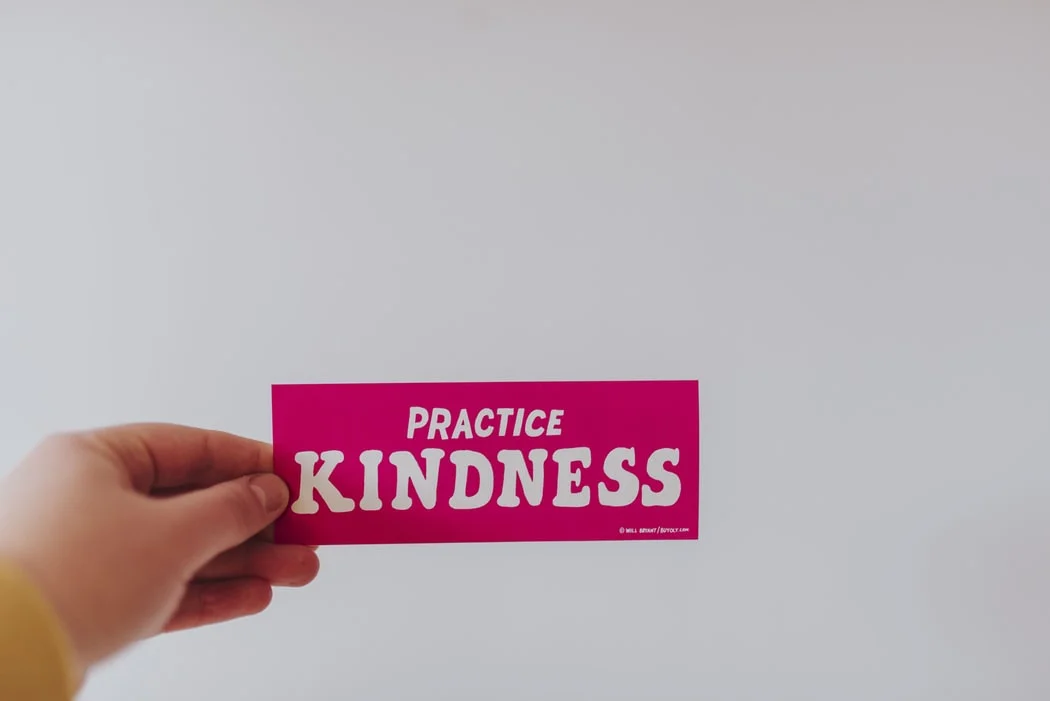Treating Parents is Key to Treating Anxious Children
Photo by Bruno Nascimento on Unsplash
Earlier this week in the break room, Blake and Tracy shared about a recent study they had read. As one of the rare individuals who thoroughly enjoy reading academic research, I was PSYCHED – not just because I got to hunker down with my highlighter in hand, but in that it pertained to treating children with anxiety. While these two things alone would bring a smile to my face, the results were tremendously powerful: TREAT THE PARENTS. While this may seem like a simple and maybe obvious solution to a family systems therapist like myself, you’d be surprised how little family/parental work is done when the main client is a young person with anxiety. It is not uncommon for parents to believe that their anxious child is the one who needs therapy, which is certainly still true. However, if the goal of all involved is to support the child in reducing symptoms of anxiety, treating the parents is very much the key to success.
According to Eli Lebowitz, the associate director of the Anxiety and Mood Disorders at the Yale Child Study Center, parents of anxious children almost always try to accommodate their child. She states, “For instance, if the child suffers from social anxiety, no friends are invited to the house; in the case of separation anxiety, parents sleep with their child or never leave the home. Parents constantly reassure a child with generalized anxiety. While the responses of parents are natural, studies have shown that they also leave children suffering from debilitating anxiety into adulthood”. Currently, there are only two evidence-based treatments for anxiety, cognitive behavioral therapy (CBT, which I provide and have written about in past blog posts - Embracing Self-Compassion and Let’s Talk About Teen Mental Health), and medication. Of those able to receive these options, however, only half of the children respond to treatment. Because of this, it has been vital for researchers to find additionally effective treatments.
Yale researchers randomly assigned 124 children ages 7 – 14 with diagnosed anxiety disorders to either receive cognitive behavioral therapy, or their parents were enrolled in the Yale SPACE program, or Supportive Parenting for Anxious Childhood Emotions. For 12 weeks, parents attended weekly counseling sessions geared toward helping themselves cope with their anxious child. While both approaches were equally effective in reducing the child’s stress levels and anxiety symptoms, the “accommodating” behavior parents typically engage in reduced significantly after receiving SPACE counseling.
For example, a parent assigned to SPACE was able to decrease the number of daily text messages sent to their child from “dozens” to about 2 – 3. Also, parents who repeatedly kept their child out of school because of anxiety-related stomachaches learned to say, “I know you are feeling upset right now, but I know you’ll be okay,” and sent their child to school.
It is believed that the accommodating behaviors were reduced due to encouraging parents to validate their child’s emotions, while also creating and maintaining boundaries and consistent support for the child. In a 2013 study about Space, Lebowitz shared this example script:
“We understand it makes you feel really anxious or afraid. We want you to know that this is perfectly natural and everyone feels afraid some of the time. We also want you to know that it is our job as your parents to help you get better at things that are hard for you, and we have decided to do exactly that. We are going to be working on this for a while and we know it will probably take time, but we love you too much not to help you when you need help.”.
I am very much excited to share that I will now be challenging myself to learn more about the SPACE approach, and will begin engaging parents more frequently when treating their child’s anxiety. Also, for you parents of anxious children out there, I’ve created a short and quick cheat sheet that may also help you in this process:
Listen to what your child is saying, both verbally and with their body language!
Validate your child’s feelings – “I see that you feel _______”.
Normalize the feelings – “Everyone feels _______ sometimes”.
Support – “We are all working on this together, and I love you”.
Thanks for letting me share this exciting work with you, and as always, be safe, be peaceful and be kind ☺



















